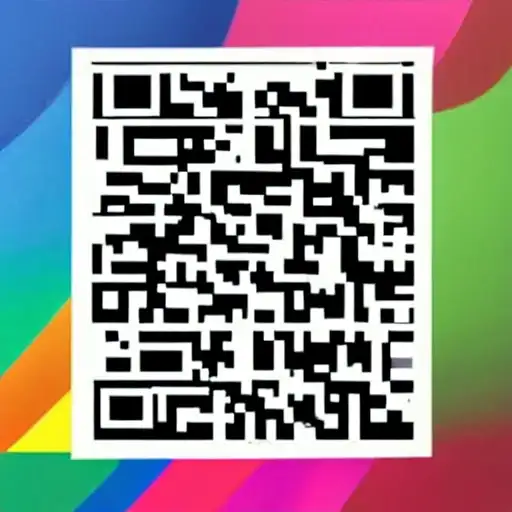
Introduction
QR code size is a critical factor in ensuring readability and scanning performance. In this guide, we'll delve into the best practices for QR code size and scaling, covering everything from determining the optimal size to resizing techniques that preserve functionality and effectiveness.
Understanding QR Code Size
The size of a QR code directly impacts its readability and scanning reliability. We'll discuss the factors that influence QR code size, including the amount of encoded data, scanning distance, and printing resolution, and how to determine the optimal size for your specific application.
Maintaining Minimum Size Requirements
Every QR code has a minimum size requirement to ensure proper functionality and scanning performance. We'll explore the minimum size guidelines for QR codes based on industry standards and best practices, and why it's essential to adhere to these requirements when resizing QR codes.
Resizing QR Codes Effectively
Resizing QR codes requires careful consideration to maintain readability and functionality. We'll provide tips and techniques for resizing QR codes effectively, including scaling proportionally, preserving quiet zones, and avoiding distortion or loss of data.
Testing Across Different Sizes and Devices
Testing QR codes across different sizes and devices is crucial to ensure compatibility and usability. We'll discuss methods for testing QR codes at various sizes, including printing samples, scanning trials, and evaluating readability on different smartphones and scanning apps.
Considering Placement and Viewing Distance
The placement and viewing distance of QR codes influence their optimal size and readability. We'll explore how factors such as viewing distance, printing medium, and environmental conditions impact QR code size requirements, and how to adjust size accordingly for maximum effectiveness.
Balancing Size and Data Density
Balancing QR code size with data density is essential for maintaining readability and scanning reliability. We'll discuss strategies for optimizing QR code design to accommodate varying data requirements while ensuring that QR codes remain visually appealing and functional.
Conclusion
By following these best practices for QR code size and scaling, you can create QR codes that are not only visually appealing but also highly functional and effective in achieving your objectives. Whether you're printing QR codes on marketing materials or displaying them digitally, understanding the importance of size and scaling is key to ensuring optimal readability and scanning performance across all applications.








